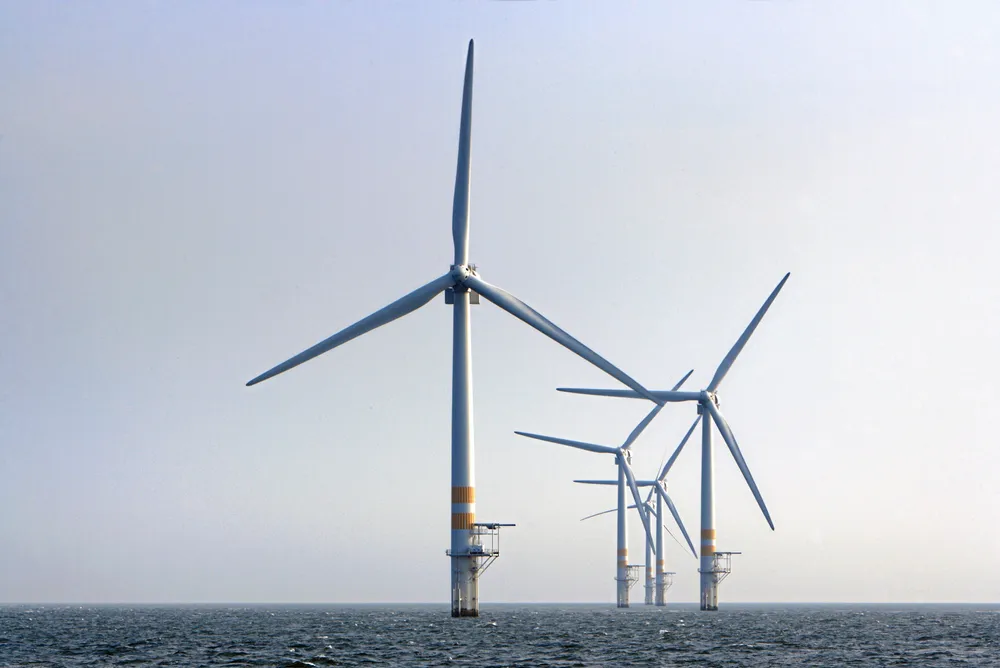Strong winds could make green hydrogen produced in Ireland the cheapest in Europe, says analyst
Irish green H2 potential has been overlooked so far, but Aurora Energy Research modelling finds it could outstrip Spain or Germany on cost

Irish green H2 potential has been overlooked so far, but Aurora Energy Research modelling finds it could outstrip Spain or Germany on cost
